Over the next few weeks, I'll be temporarily donning the hat of horticultural agony aunt as I help Irish Times readers tackle some of their thorniest horticultural challenges. This week's plea for assistance comes from a green-fingered Dublin apartment dweller in need of some inspiration as well as some practical advice….
Help! How can I turn my city apartment’s small, windy balcony into a peaceful, leafy oasis? I’m tired of looking out my window at a sea of concrete while I’d love a garden where I can escape from the noise of busy city traffic and passers-by
Balcony gardening presents a heap of challenges – a lack of growing space, often a shortage of available light, extremes of temperatures, limitations as regards the weight-bearing capacity of the structure, difficulties in terms of transporting plants, pots and compost –but oh, the huge pleasure it gives when it’s done well.
So let’s start with that lack of growing space. The classic beginner’s mistake is to clutter this up further with a jumble of small, mismatched pots, which have the unfortunate effect of making a small balcony feel even tinier while also making it much more difficult to keep plants watered and fed. Unless firmly fixed in place, small pots are also far more likely to blow over in strong winds, which are yet another inevitable challenge of balcony gardening.
Instead, go for several large, well-designed, frost-resistant, lightweight pots (the lightest are made from resin or fibreglass) in a neutral/classic shade that won’t date, won’t clash with your indoor furnishings and will provide a handsome foil for foliage and flowers.
Chelsea gold-medal winning Irish garden designer Paul Martin, who has plenty of experience in transforming these sorts of challenging urban growing spaces into lovely, leafy retreats, particularly recommends the Elho range, which is available from many good Irish garden centres.
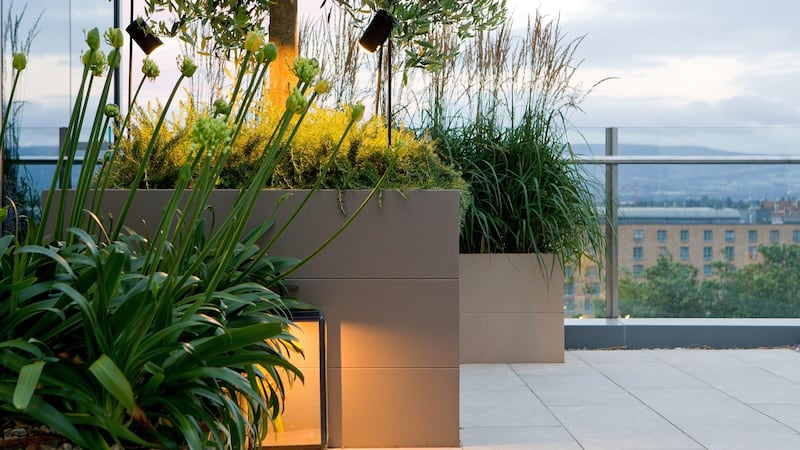
Some of these Dutch-designed pots cleverly fit over railings while others are available with wheels recessed into the base for ease of movement, integrated water reservoirs to ease the chore of watering and even built-in lights.
Another supplier in Martin's little black book is Westmeath-based Simonstown Architectural (simonstownarchitectural.ie) which also stocks an excellent range of elegant lightweight pots and planters suitable for balcony use.
Martin points out that it's also possible, budget permitting, to get large pots and containers custom-made to the exact dimensions you require and even in the colour of your choice, right down to matching the exact shade of your livingroom walls or kitchen cabinets (see dundalkengineering.ie, galco.ie and dunboynepowdercoating.com).
Plant type
As for the kinds of plants you put in these pots and containers, the majority of them should be ultra-hardy, wind-resistant, drought-tolerant and evergreen so that they offer plenty of foliage interest and do a great job of filtering out traffic noise and fumes throughout the year.
If your balcony is a sunny one (south or west-facing and not overshadowed by nearby buildings), suitable shrubby choices include the silver-leafed Artemisia ‘Powis Castle’, phlomis, rosemary, lavender, hebe, cistus, Euphorbia wulfenii, juniper, bay, pittosporum, olearia, santolina and compact varieties of pinus.
Plants with fleshy succulent leaves such as sempervivum, agapanthus and sedum will also cope well with these kinds of growing conditions as will low-growing varieties of ornamental grasses such as stipa, festuca and carex while the silver-leaved architectural plants known as astelia is another good choice.
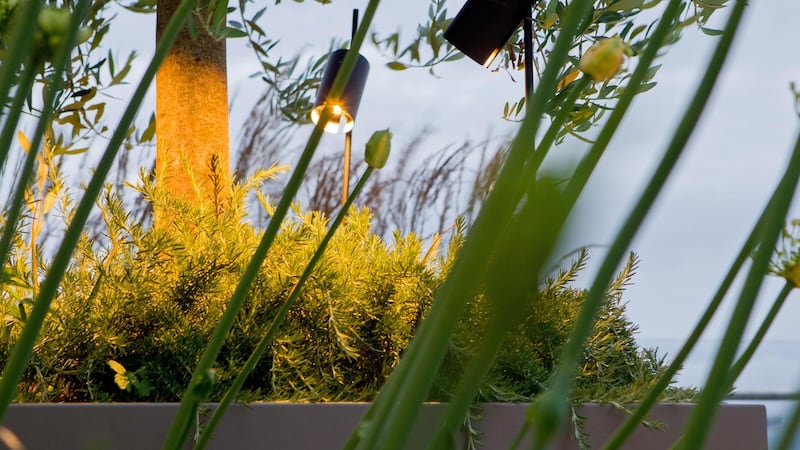
Add pollinator-friendly pops of seasonal colour with flowering bulbs and bedding plants but restrict the colour palette to give visual coherence to the planting scheme. Last but not least, leave some room to fast-growing, space-efficient edibles such as salad leaves, nasturtiums and culinary herbs such as borage, sage and thyme.
Shady balcony
If it’s a shady balcony (north or east-facing, or overshadowed by nearby buildings), choose shade-tolerant plants such as ivy, ferns (Polystichum setiferum, Polystichum munitum, Dryopteris erythrosora, Dryopteris ‘Cristata The King’), skimmia, heuchera, euonymus, box, liriope, ajuga, vinca, epimedium, tellima, Viburnum tinus, Pinus mugo and some ornamental grasses (Stipa tenuissima, Anemanthele lessoniana, some species of carex). Parsley, mint, chives and low, quick-growing leafy food crops such as lettuce, spinach and oriental salad leaves will also cope well.
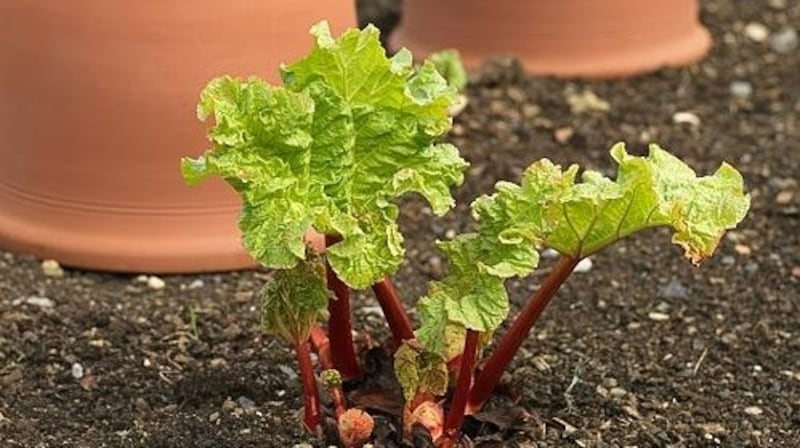
Remember that using large containers also allows you to combine plants in space-efficient ways that take advantage of the microclimate created. For example, a large shrub can be underplanted with low-growing plants with a sheltered corner of the pot left free for an ornamental climber such as the compact, spring flowering, evergreen Clematis ‘Pixie’ (scented lime-cream flowers in April-May).
Windy balcony
If your balcony garden is an especially windy and exposed one, then consider offering extra protection in the form of semi-permeable screens/trellising/wind membrane but do make sure that these are very well-secured. The last thing you want is a strong gale wrenching them loose and causing injury to a hapless passer-by.
Whatever its micro-climate, the plants that grow on your balcony garden will also need the very best growing medium you can offer them in order to thrive. Avoid peat-based compost, not just for environmental reasons but also because once it dries out, it’s very difficult to re-wet and gets so light that containers quickly become dangerously top-heavy.
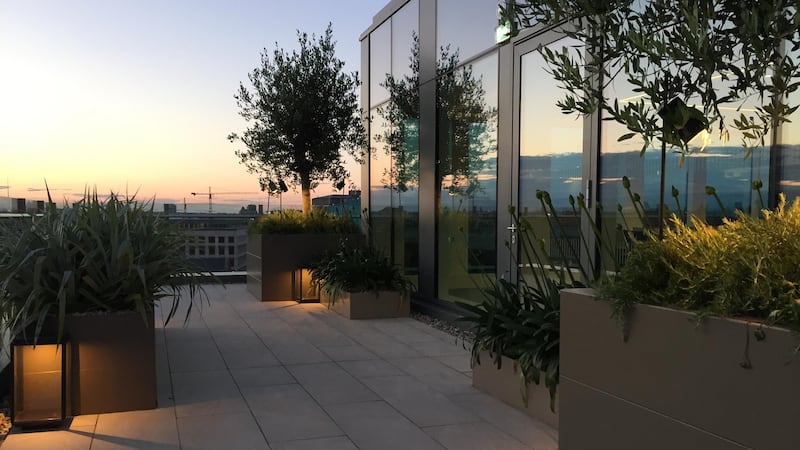
Instead use a soil-based compost which although heavier is better at retaining water and nutrients. To keep your plants in bursting good health, water regularly, top-dress the pots/containers annually by replacing the top layer of compost to a depth of 5-7.5cm every year and give them regular liquid seaweed feeds during the growing season. It’s also best to replace roughly one-third of the compost every 2-3 years.
Next, don't forget to consider what's underfoot. If it's ugly concrete, then consider covering it with light-weight wooden decking or – dare I say it – an artificial lawn (see sanctuarysynthetics.ie). Paving is also a possibility but bear in mind that the weight or load-bearing capacity of your balcony will determine the scale of your ambitions.
If in any doubt, you should be able to get advice on this by contacting the apartment block’s engineer, whose name can be established from the planning file in the local authority planning office or through the apartment management company.

This week in the garden
The second half of October is a tricky time for polytunnel-grown food crops, with some plants, for example, chillies, courgettes, tomatoes and peppers, often continuing to be productive while others are more than ready to be pulled out.
To extend the cropping season for a few weeks longer, cover plants with a few layers of garden fleece when frosty nights are forecast, water very carefully (only in the morning, never directly on to the plant, and never so much that the soil becomes sodden) and ventilate well during any mild days but close all doors/vents at night. Be extra vigilant for any signs of plant disease, pests or decay, making sure to gently remove any infected or damaged plant material promptly.
Rhubarb
Few kitchen garden plants are as rewarding and long-lived yet as undemanding as rhubarb and late autumn is a great time to plant it. Give this hardy, herbaceous plant a very fertile, well-drained (but not dry) soil in an open, sunny, weed-free spot far away from the competing root-systems of tress/shrubs/hedges. Enrich the soil with garden compost/manure before planting, and plant to a depth where the dormant buds are just above (heavy soils) or just below (lighter soils) ground level, allowing at least three feet between plants.
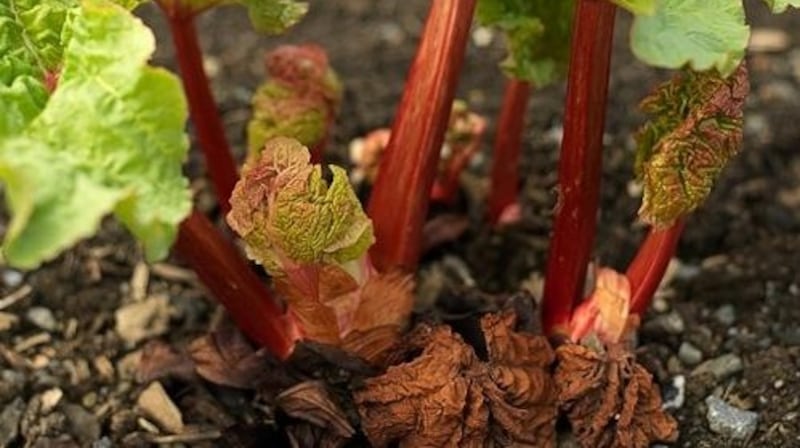
Recommended heritage varieties include Timperley Early, Hawke’s Champagne and Victoria, while outstanding modern varieties include Raspberry Red and Apple Delight plants are available to buy from most good Irish garden centres.
Chrysanthemums
After spending many years in the fashion wilderness, chrysanthemums have begun to make a welcome return to Irish gardens. But unless your garden is an exceptionally mild and sheltered one with a free-draining soil or the varieties you're growing are ones known for their hardiness, it's now time to bring these perennials indoors under cover of the greenhouse/polytunnel/sunny porch or conservatory, an easy-enough task if you did the wise thing by growing your plants in large pots sunk into the ground.
Kept fed and watered, your chrysanthemum plants should continue to bloom under cover for many more weeks. For detailed advice on caring for different kinds of chrsyanthemums, see the website of top UK suppliers chrysanthemumsdirect.co.uk.
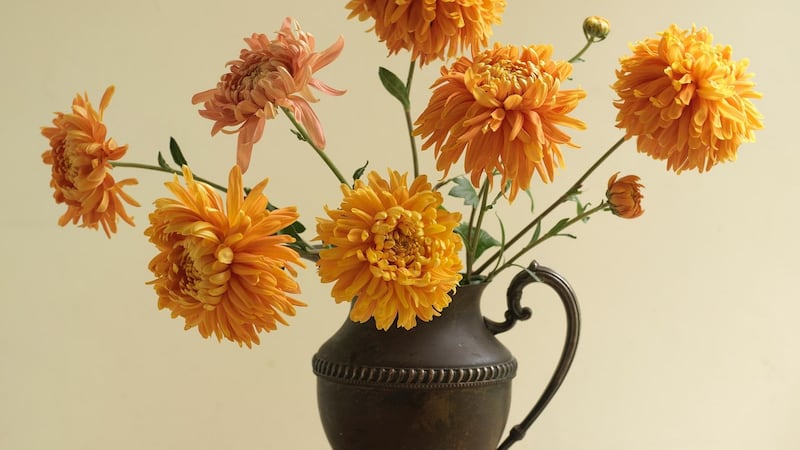
Dates For Your Diary
Tuesday, October 24th, Foxrock Church Pastoral Centre, 18 Kill Lane, Dublin 18, (8pm), 'Foliage is Better than Flowers': a talk by Vanessa Cook of Stillingfleet Lodge Garden, York, UK on behalf of Foxrock and District Garden Club. Admission €7 for non-members, see foxrockgardenclub.com .
Wednesday, October 25th (8pm), Airfield Estate, Overend Way, Dundrum, Dublin 14, 'Resurrecting a Lakeland Nursery and Garden': a talk by Tom Attwood of UK-based Halecat Nursery on behalf of the RHSI, non-members €10, see rhsi.ie.












